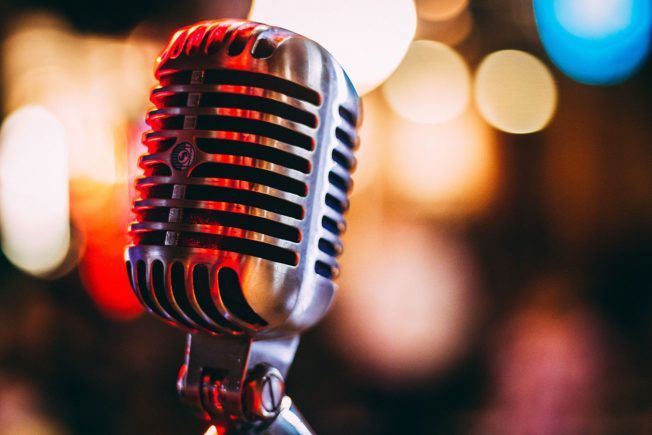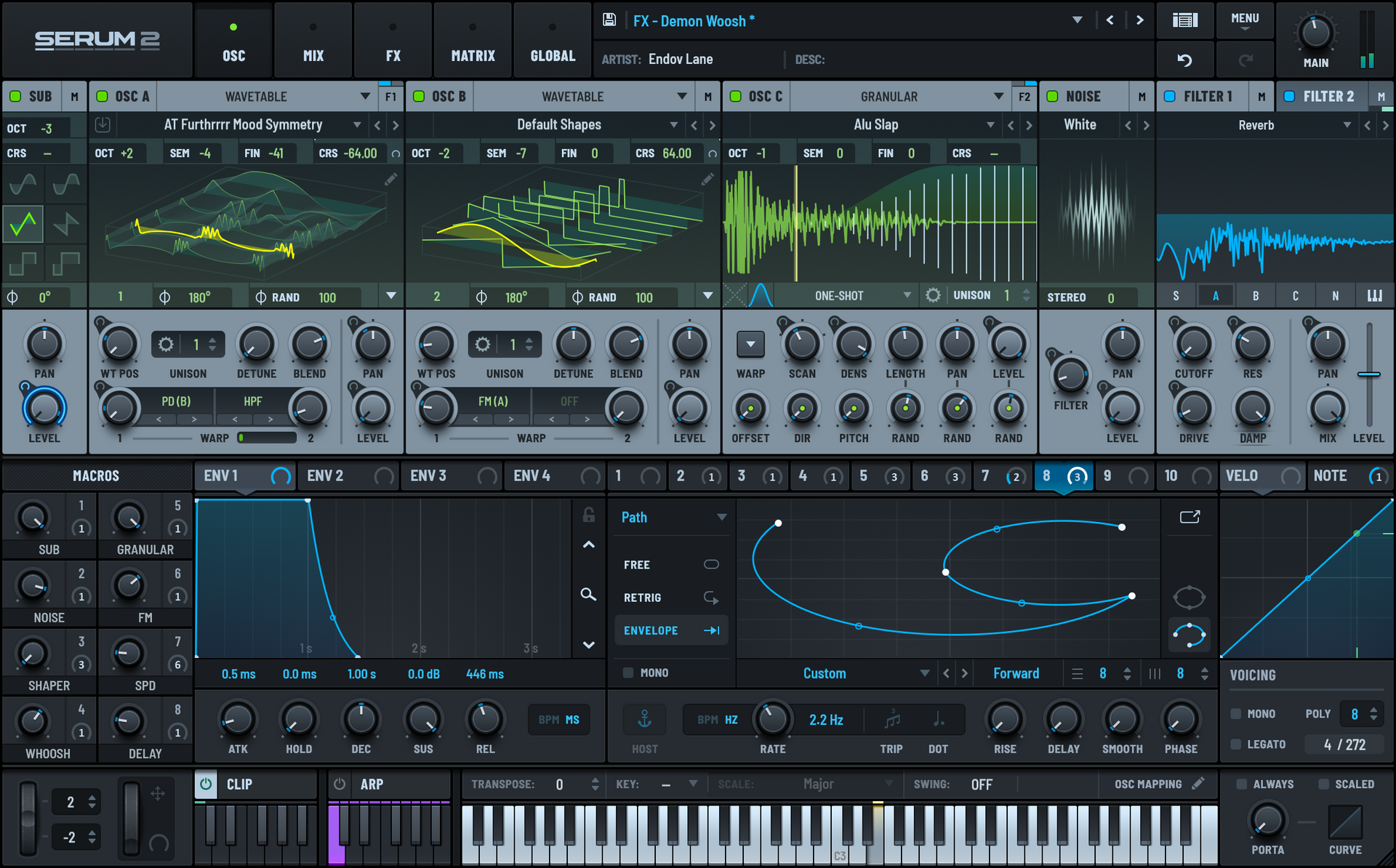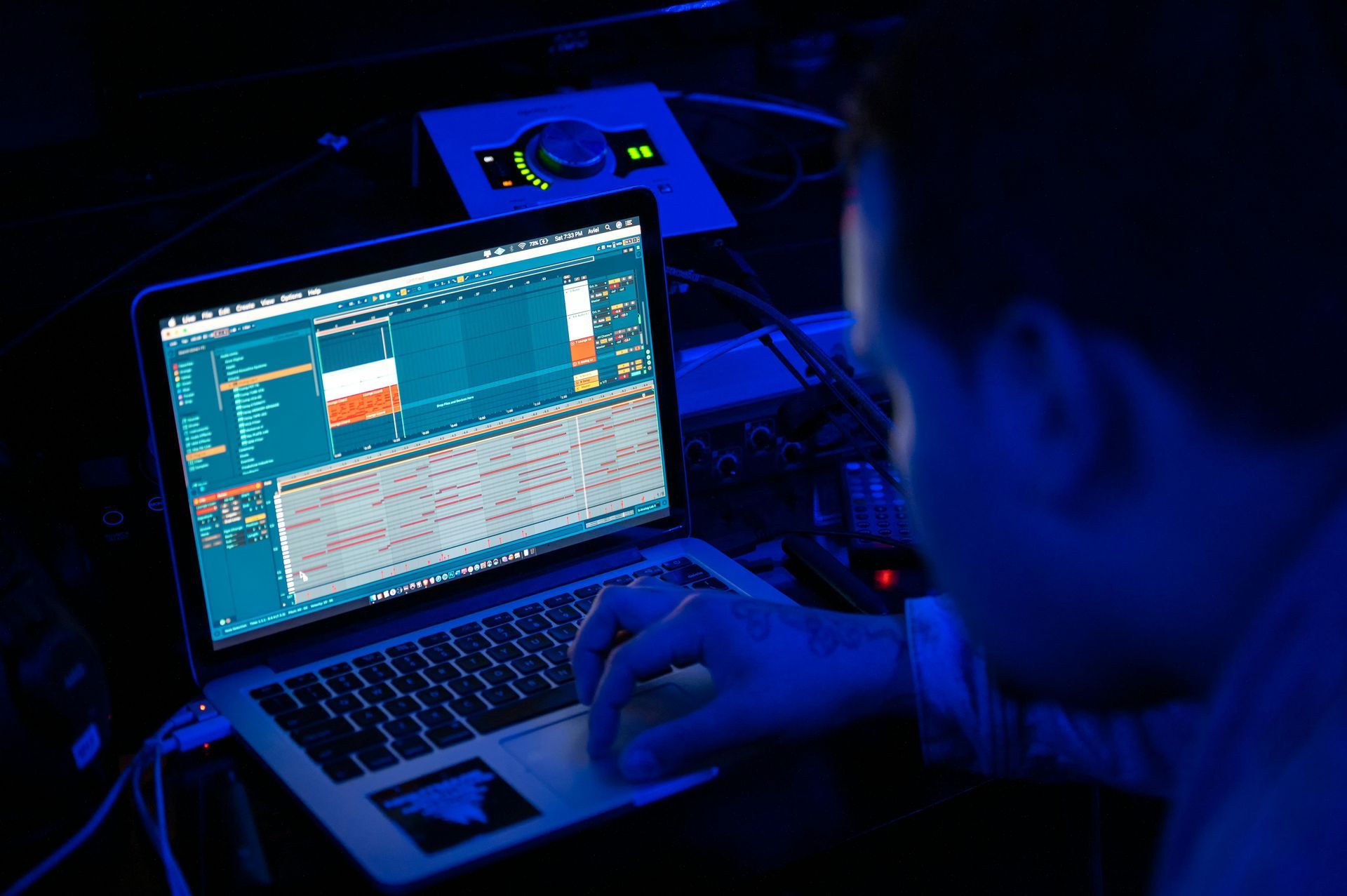What Are Neighboring Rights and How to Collect Them?
What are neighboring rights royalties? Learn about neighboring rights and how to collect royalties generated internationally from your music.

What Are Neighboring Rights?
Neighboring rights royalties are one of the fastest growing revenue streams in music. Neighboring rights refer to the legal right to perform or broadcast recorded music in public.
Musicians and sound recording owners receive these royalties when their recording is performed or broadcasted on radio, streaming services, new media, TV, in a public place such as a club or restaurant. The rights do not generate royalties for selling music.
Who Can Claim Neighboring Rights Royalties?
Royalties generated from neighboring rights go to the owner of the master recording and the performing artists. The master recording rights owner is typically a record label. And, the performing artists include anyone who made an audible contribution to the recording. For example, singers, instrumentalists, and music producers.
Ownership of the master recording is also typically split 50/50 between the master owner and the performers. However, the performers share gets divided between the featured performer and non-featured performer.
Independent musicians can also collect royalties if they are the master rights owner. There are neighboring rights companies such as Lime Blue Music that provide royalty administration services.
Who Collects Neighboring Rights Royalties?
Neighboring rights collection societies such as PPL (UK) or PPCA (Australia) collect neighboring rights royalties. However, neighboring rights laws differ around the world.
Collect royalties due by registering your master recording with collection societies. Register with your local collection society and the territories where the recording is getting performed or broadcasted in public. It’s also important to register your artist name and music, so collection societies know who to pay.
Currently, the United States does not recognize neighboring rights. For example, U.S. terrestrial radio does not pay royalties on behalf of the master recording. Only recordings created outside of the U.S. are eligible to collect royalties for terrestrial radio. However, services like SoundExchange collect digital performance royalties from platforms like Pandora, Sirius XM, TV music channels, and other streaming services.
Am I Earning Neighboring Rights Royalties?
The master recording owner and performing artists earn royalties whenever that recording is publicly performed or broadcasted on the media sources below:
- Pandora (or any internet radio platform)
- Sirius XM (or any satellite radio platform)
- Terrestrial radio outside of the USA
- Cable TV music channels
- Live in clubs (or any performance venues)
- Businesses and retailers as background music (restaurants, shops, hotels, etc.)
- Various new online media as digital music technology changes and develops
Royalties collected in many countries may not reach you. The reason being, neighboring rights laws are different throughout the world. In addition, the processes and distribution are complex, making it difficult to collect them.
If you’re a performing artist on a recording, talk to the record label that released the music getting radio airplay. Ensure the label is collecting these royalties for you! Or, research a trusted neighboring rights administration company.
Neighboring Rights vs. Performance Rights
Neighboring rights are similar to performance rights in music publishing. The reason being, both generate royalties through public performances and broadcasts of music. However, there are differences.
Neighboring rights generate royalties from the master sound recording. The master owner and performing artists own the rights to the master recording. Also, collection societies collect these royalties.
Performance rights generate royalties from the musical composition. Publishers and composers/songwriters own the rights to the composition. Also, Performing Rights Organizations (PROs) collect these royalties.
Conclusion
Collecting neighboring rights royalties can be difficult. However, they provide valuable income for musicians and record labels. Do some research and don’t dismiss this worthwhile revenue stream.



